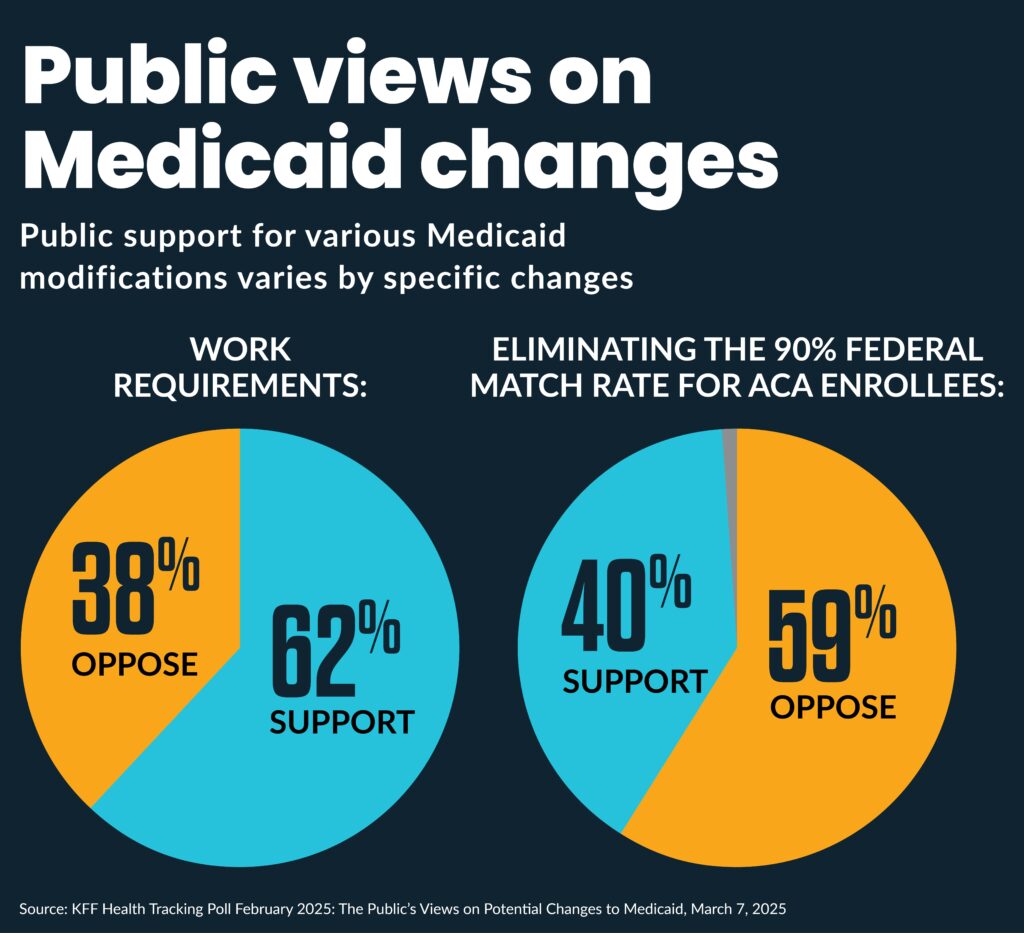The recently enacted federal reconciliation package includes significant changes to Medicaid funding, raising concerns about the potential impact on rural communities across the United States. As Medicaid serves as a crucial lifeline for millions in these areas-providing access to essential health services amid ongoing provider shortages-the proposed cuts could deepen existing disparities in healthcare access and outcomes. This article examines how reductions in federal Medicaid support might affect rural hospitals, clinics, and residents, drawing on data and analysis from the Kaiser Family Foundation (KFF) to explore the possible consequences for some of the nation’s most vulnerable populations.
Medicaid Funding Reductions and Their Impact on Rural Healthcare Access
Federal reductions in Medicaid funding present a critical threat to healthcare availability in rural communities, where resources are often already stretched thin. These cuts could lead to the closure of essential services, including primary care clinics and mental health providers, which rely heavily on Medicaid reimbursements. Rural hospitals, many operating on narrow margins, may face increased financial strain, forcing them to curtail services or shut down altogether. This would exacerbate existing healthcare disparities, particularly for low-income residents who depend on Medicaid as their primary insurance source.
Key challenges that rural healthcare systems may face include:
- Decreased provider participation due to lower reimbursement rates
- Reduced funding for telehealth services crucial in remote areas
- Increased travel distances for patients seeking specialty care
- Higher uncompensated care costs leading to facility instability
| Impact Area | Potential Consequence |
|---|---|
| Hospital Closures | Loss of 15-20% of small rural hospitals over 5 years |
| Telehealth Access | Up to 30% decline in service availability |
| Provider Shortages | Increased wait times exceeding 3 weeks |
Challenges Faced by Rural Providers Amid Federal Budget Cuts
Rural healthcare providers are encountering intensified financial strains as federal Medicaid funding contracts, threatening the availability and quality of essential services. Many of these providers already operate with thin margins due to lower population densities and higher proportions of uninsured or underinsured patients. Cuts in Medicaid support risk exacerbating shortages in primary care, emergency services, and specialty care, with some clinics facing potential closure or severe downsizing.
Key challenges include:
- Staff Retention: Reduced funding hampers competitive salaries, leading to difficulty in attracting and keeping healthcare professionals.
- Limited Infrastructure: Aging facilities and insufficient investment in medical technologies impede care delivery improvements.
- Access Barriers: Patients may face longer travel distances and extended wait times as local provider options diminish.
| Impact Area | Potential Consequence |
|---|---|
| Healthcare Workforce | Increased turnover and critical shortages |
| Service Availability | Reduced hours or closure of rural clinics |
| Patient Access | Longer travel distances and wait times |
Policy Solutions to Mitigate Medicaid Shortfalls in Underserved Rural Communities
Addressing Medicaid shortfalls in rural communities requires a multifaceted strategy that balances fiscal responsibility with equitable healthcare access. Federal policymakers could consider targeted funding streams specifically designed to bolster rural health infrastructures. This includes expanding telehealth reimbursement policies, which have proven essential for overcoming geographic barriers in care delivery. Additionally, increasing state flexibility in Medicaid managed care programs could empower local agencies to tailor services to unique rural needs without compromising fiscal sustainability.
Other promising approaches involve creating incentives to attract and retain healthcare professionals in underserved areas, such as loan forgiveness programs and enhanced Medicaid rates for rural providers. Coordinated investments in social determinants of health-like transportation and broadband access-can also amplify Medicaid’s impact beyond clinical care. The following table highlights key policy solutions and their potential benefits:
| Policy Solution | Primary Benefit | Anticipated Impact |
|---|---|---|
| Expanded Telehealth Coverage | Improved access | Reduced missed appointments by 25% |
| Rural Provider Incentives | Workforce retention | Increased rural healthcare workforce by 15% |
| Flexible Managed Care Models | Customized service delivery | Higher patient satisfaction scores |
| Social Determinants Investments | Holistic care improvement | Lower hospitalization rates in rural areas |
Key Takeaways
As the enacted reconciliation package moves forward, the potential federal Medicaid cuts pose significant challenges for rural communities already grappling with limited healthcare access. With rural hospitals and clinics often operating on thin margins, reductions in funding could exacerbate service shortages and worsen health disparities. Policymakers and stakeholders will need to carefully weigh these impacts as implementation unfolds, ensuring that rural populations do not bear disproportionate burdens amid broader efforts to reshape Medicaid. The coming months will be critical in determining how these changes translate on the ground and what measures might be taken to mitigate adverse effects in America’s rural heartlands.
